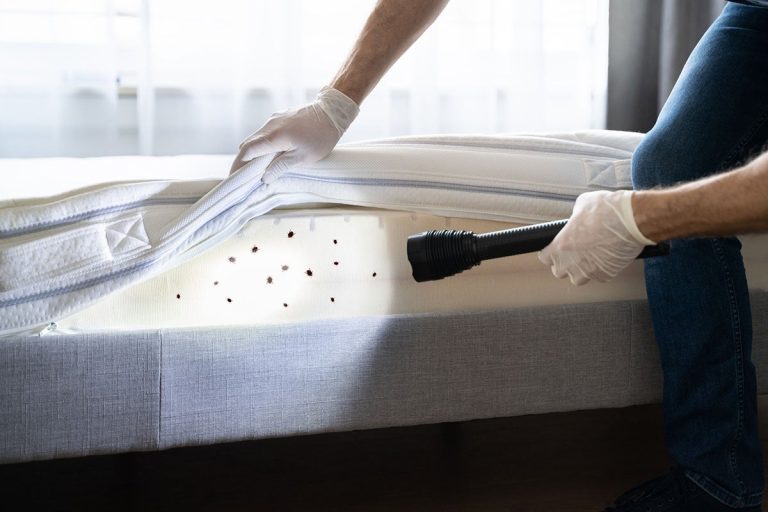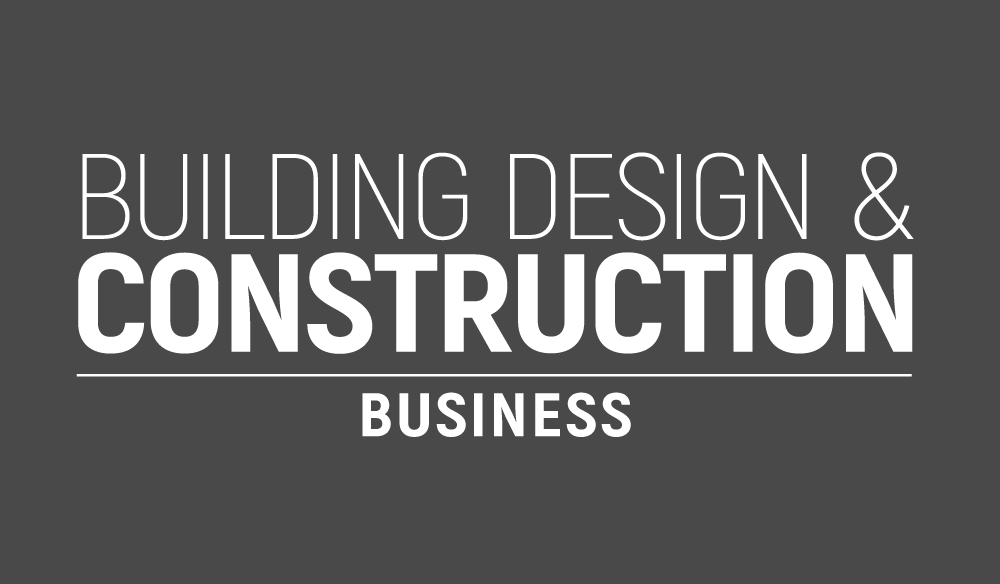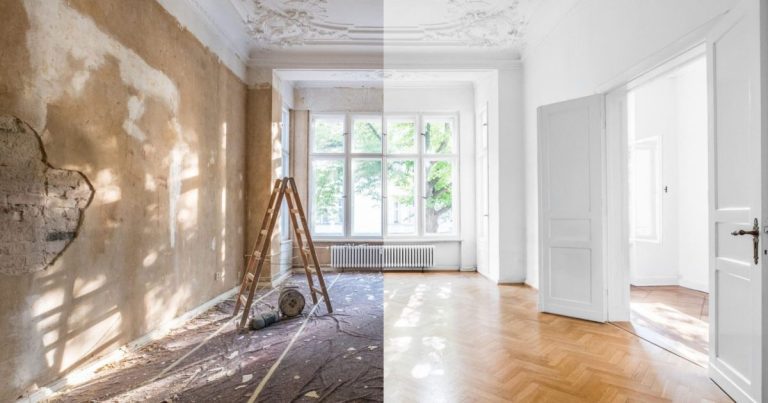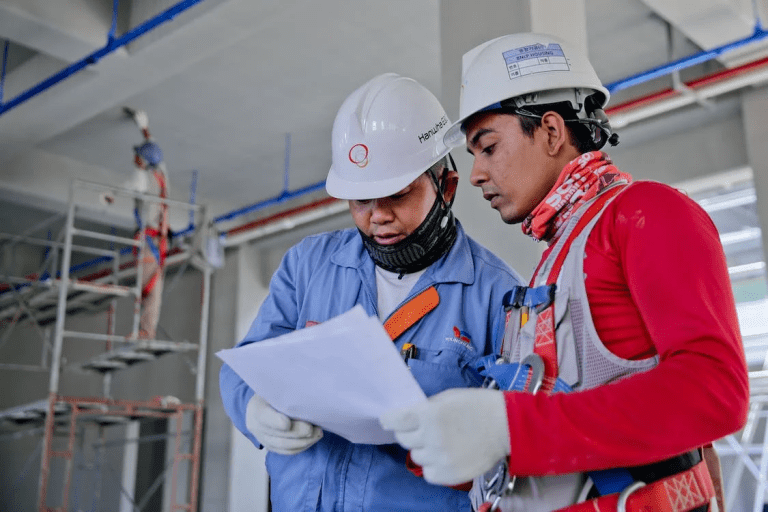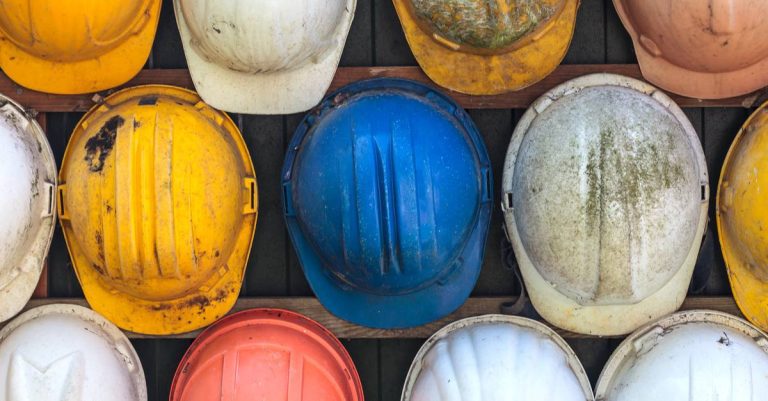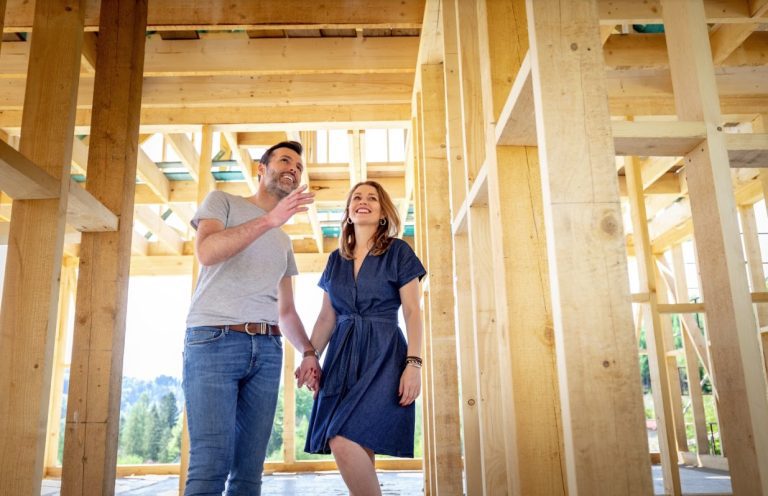Building a custom home is a big commitment. It’s even more significant when you have a growing family to consider. You should know who’ll live in your house in the future, be it more kids, relatives, or pets. This way, you can build a comfortable home that meets your needs today and in the future. To do this, you need to enlist a professional company’s help to bring your dream to reality. Consider buildguardian.com, an experienced building company dedicated to working with you every step of the way to design and build a custom home for your family or similar firms. Remember, the builder you choose to work with should listen closely to your ideas and not just dismiss them. After all, that’s the true meaning of a custom home. They should be able to guide and advise you so you can build a home that reflects who you and your family are. Don’t get too excited and forget the crucial things you need. Otherwise, you may be forced to start renovating your newly built home as soon as it’s complete, a cost you could have avoided. With that in mind, the following is how to ensure the house you build suits your growing family: Unless you’re a builder, don’t assume you know it all. You can plan and think about the architectural parts to relay them to an expert. However, even with your sketches and dimensions, be ready for advice and criticism from the expert. They have your interests at heart, and you shouldn’t fight them on every front. Any changes the experts make will aim to make things standard. They’ve been at it for some time and know what works and doesn’t. Due to the close relations you’ll have with your contractor during this period, choosing an individual you trust and understand is essential. Ultimately, with the right people, your home will be everything you dreamed of. Consider a floor plan size that suits the needs of your growing family. It depends on aspects like: Remember, a bigger home doesn’t make it the best choice. Instead, consider your family’s lifestyle and preferences. To make it easier, you can reflect on your current home and note what you like and want to change about it. Discuss with your family the areas you want to leave behind and the new spaces they need in the new home. A perfect floorplan is one where everyone in the family gets the most out of every space, and all areas in the house are utilized well. If you have kids, note that they’ll become teenagers and need more privacy. You must think of ways to repurpose the rooms and keep your home functional. As you build a custom house for your family, you should ensure it adapts to your land’s structure. Whether your plot is rectangular, square, triangular, or unshapely, you must leave enough space around your house for easy maneuverability. You should also create a sense of light and space for your family by designing based on the sun’s movement across the property. It isn’t only for energy-saving and aesthetic purposes but also to improve everyone’s health and well-being. Remember, access to natural daylight while indoors is essential for your health. Furthermore, shade and sunlight are great ways to cool and heat your home, meaning your energy bills are lower in the long run. With the current calls for sustainability in construction, you’d want a home that meets climate targets by not depending on the heating and cooling systems. Part of building a custom house for your family involves upholding privacy. First, control how much of the house can be seen outside through windows and the home entrance. Besides, every family member should have some degree of privacy. If possible, build a bedroom for each kid. But if finances don’t allow it, you can have one girls’ bedroom and another one for boys. Just ensure they’re spacious enough to accommodate all your kids. And, of course, have a master bedroom for the parents. You may also want to build a guest wing where visitors to your home will sleep. Private spaces allow everyone in the family to have their own space to relax and unwind. With a growing family, education should be among your top priorities. Your kids often need a quiet place to study as they progress through elementary, high school, and college. The living room and bedrooms may not always be conducive for studying, especially if your family is large and the home is always buzzing with activities. A guaranteed option is building a study room and installing appropriate furniture like desks, chairs, and bookshelves. On the same note, pick a location with several schools in the vicinity, so your kids receive the best education at every stage as they grow. Consider building multipurpose rooms whose functionality changes depending on time and need. Such spaces have more than one use, and as your family grows, the functions evolve. It’s a perfect way to be creative with small rooms. You can have a multipurpose room based on clever interior techniques of multi-functional furniture. The following are some ideas: With such multipurpose rooms, you don’t have to build too many tiny spaces, each serving just one function. Outdoor living is an integral part of your house. A spacious backyard can become a perfect playing spot for your kids, pets, and exercise. You can also build a custom space to entertain and host barbecues and parties with friends. You may also have a deck or alfresco that boosts your property value and improves your lifestyle. You’d want a safe living space for your loved ones. Hence, make safety the mantra of your discussions with your builder. Ensure both the internal and external safety of the house are covered. Consider the following safety measures for a child-friendly home: Babyproofing makes your home safe for your little ones and the rest of the family. As your family grows, so does the amount of luggage
